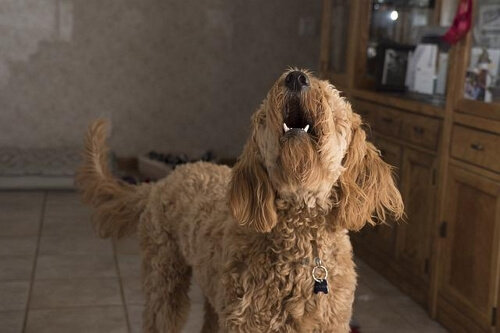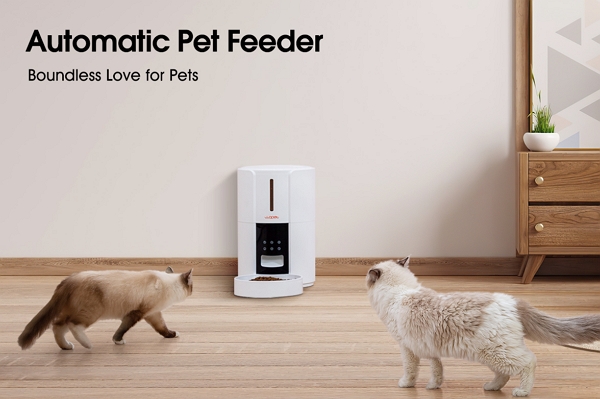Have you ever wondered if your dog is experiencing separation anxiety? Separation anxiety in dogs refers to the stress they feel when separated from their owners. As a pet parent, it’s important to understand the signs and symptoms. Take the quiz below to find out if your dog may have separation anxiety.
“Does My Dog Have Separation Anxiety” Quiz
Q1. Is your dog always following you when you are home?
- A. Yes
- B. No
Q2. Does your dog become distressed when you prepare to leave?
- A. Yes
- B. No
Q3. Does your dog chew on things that smell like you, such as socks or discarded clothes?
- A. Yes
- B. No
Q4. Does your dog pee or poop inappropriately in different areas of the house?
- A. Yes
- B. No
Q5. Does your dog start acting out destructively, like destroying door frames or chewing on furniture?
- A. Yes
- B. No
Q6. Does your dog bark persistently when you get ready to leave?
- A. Yes
- B. No
Q7. Does your dog not show any signs of guilt after destroying household items?
- A. Yes
- B. No
Q8. Does your dog react overly excited when you get home?
- A. Yes
- B. No
Take the quiz and answer the questions! If most of your answers are “Yes,” it is possible that your dog may have separation anxiety.
Part 2: Why Does My Dog Have Separation Anxiety?
Dogs are social animals and do not enjoy being alone. Changes in their daily routine can result in separation anxiety. Here are some circumstances that may trigger separation anxiety in dogs:
- Change in the family’s routine
- Moving to a new house
- Loss of another pet in the household
- Moving your dog to a new environment
Part 3: How to Help Dogs with Separation Anxiety?
If you suspect that your dog is suffering from separation anxiety, there are several ways you can help them cope:
1. Stay quiet when leaving or returning home.
Be low-key when you leave or come back home. Avoid excessive greetings or farewells. By staying calm, you can gradually help your dog get used to your absence.
2. Provide mentally stimulating toys.
Make sure your dog has toys that can keep them mentally stimulated when you’re not home. This will give them something to focus on and make them more comfortable in your absence.
3. Establish a regular feeding schedule.
Creating a consistent feeding schedule can greatly help with your dog’s separation anxiety. Consider using the Wopet automatic dog feeder to establish a routine. This innovative device allows you to program up to 6 meals for your dog, adjust the schedule anytime, anywhere, and even record a 10-second message to call your dog when it’s time to eat. With the Wopet automatic dog feeder, your pet will feel less lonely during mealtime.
Visit the Pawsoha website to learn more about this fantastic product and find additional information for your beloved pet.
Frequently Asked Questions
Coming soon…
Conclusion
Separation anxiety in dogs is a common issue that can be distressing for both pets and their owners. By recognizing the signs and taking steps to address the issue, you can help your dog feel more secure and comfortable when you’re not around. Remember to be patient and seek professional help if needed. With love and care, you can make a positive difference in your dog’s well-being.

